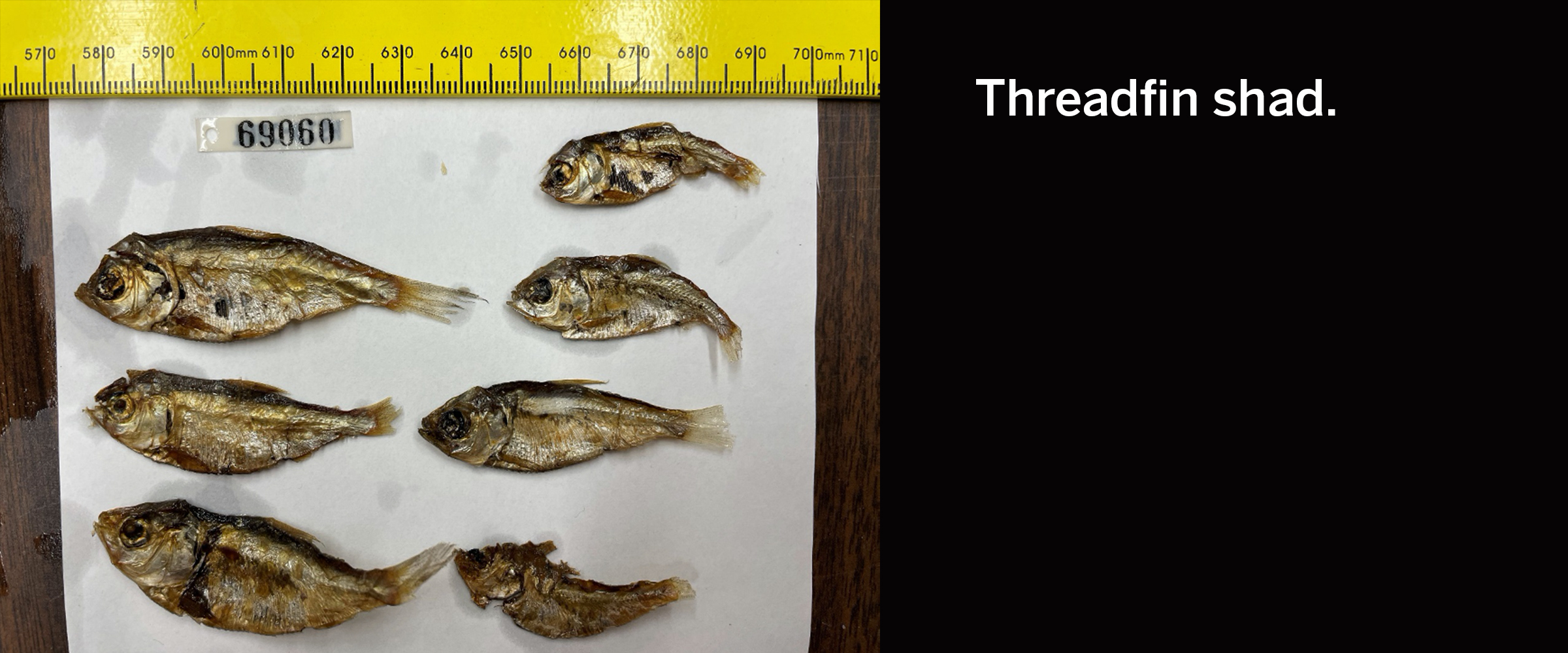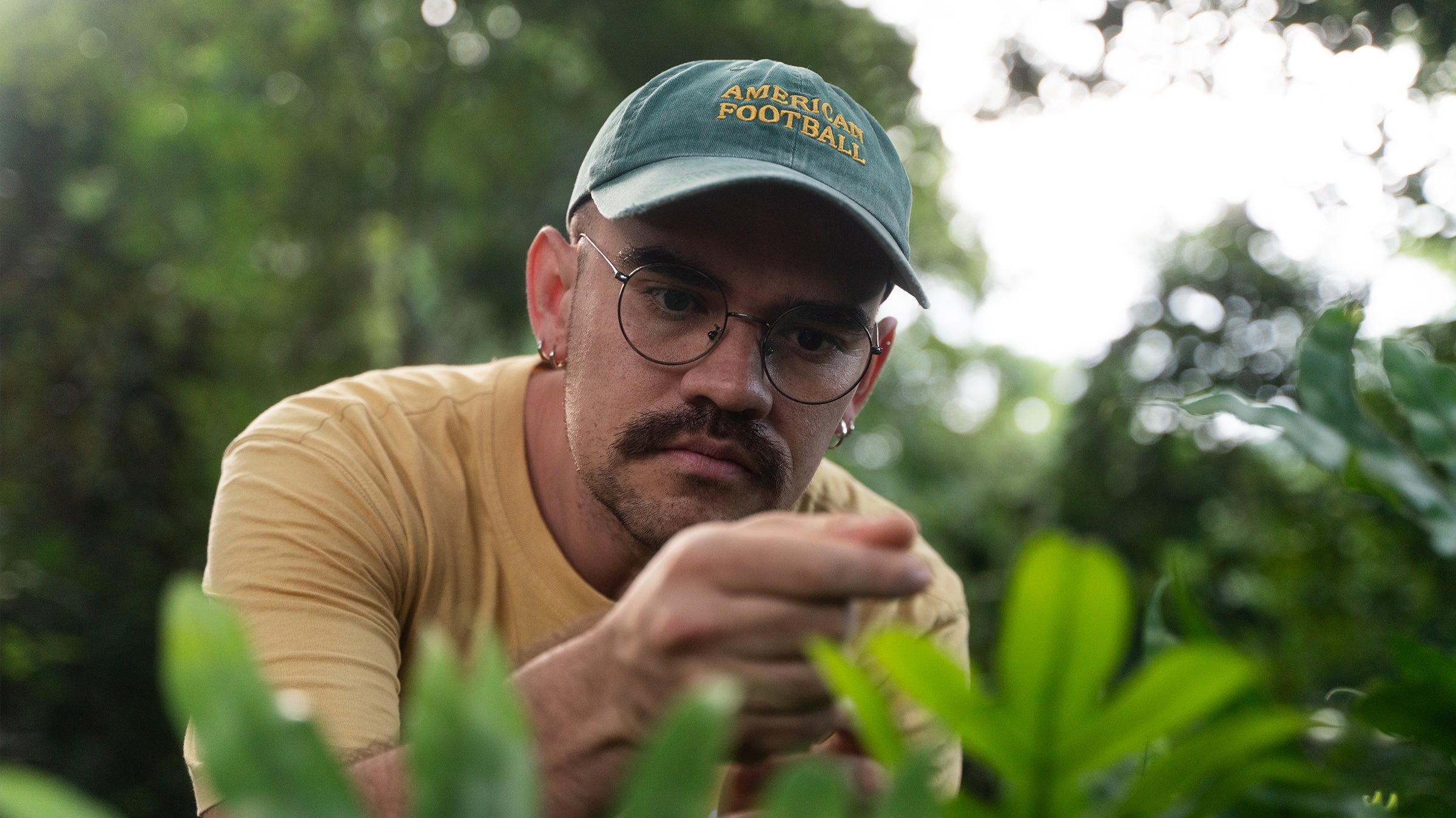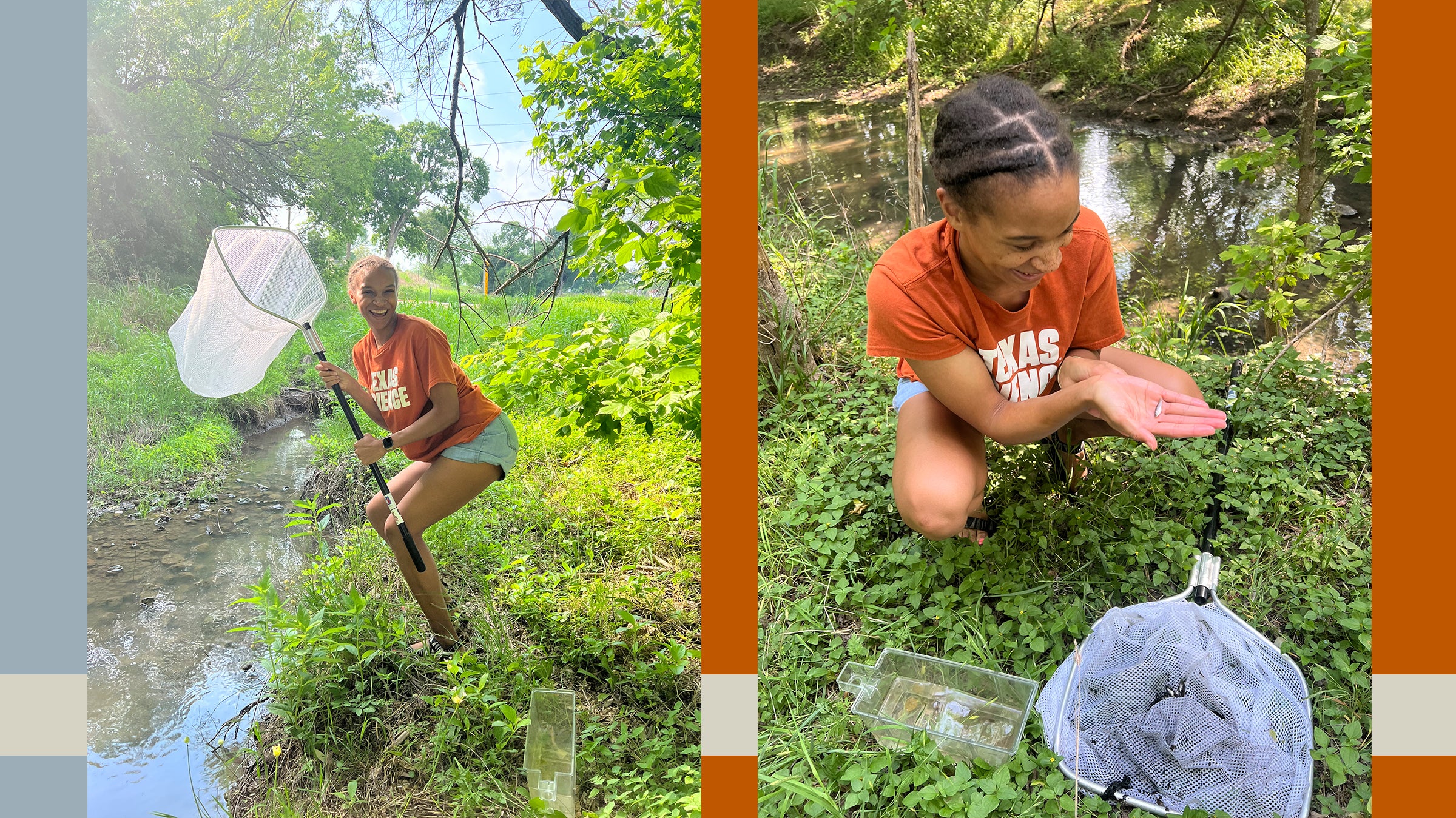It's Raining Fish! The Ichthyology Collection Now Holds Rare Fish Rain Specimens

Animals not capable of flight, such as fish, frogs, and snakes, occasionally fall from the sky. Throughout history such events were documented in oral histories, writings, later in photographs, and, these days in social media. Wikipedia does a nice job of documenting some of these historical events (as do some other websites here and here), but the frequency of these events remains a mystery since many surely go unseen by humans. Claims of animal rains have long been disregarded typically due to generally poor documentation and often second-hand reporting. Through history, they have at times been associated with the supernatural, superstition, and as gifts from gods, but we know these events do occur, and the phenomenon is potentially important to explain fish movements and the sometimes unexplained appearances of fishes in isolated waters. It is possible that the phenomenon could explain important dispersal events for some species.

Gizzard Shad (Dorosoma cepedianum) that fell from the sky over Texarkana on December 29, 2021, collected and donated to the Biodiversity Center's Ichthyology Collection by Oliva Poulton.
Two fish fall events associated with storm events have recently been recorded in Texas - on January 16, 2018 near Fulshear (Houston area) and on December 29, 2021 over the northern parts of Texarkana. Both events were well documented, but the Texarkana event was widespread, covering an area of roughly nine square miles. Rarely do these events occur over large human populations, but Texarkana social media lit up with first-hand accounts, images and video. The story was subsequently picked up in over 147 news pieces that featured interviews and countless photos and videos. The event was arguably the most documented fish fall event in history complete with video of fish hitting the ground, quite uncharacteristic for such events. We now have preserved specimens and tissues samples from both events in our collection.

Threadfin Shad (Dorosoma petenense) that fell from the sky over Fulshear Texas on Jan 16, 2018, collected and donated to the Biodiversity Center's Ichthyology Collection by Bernie Leclerc.
Paul Cropper, an Australian writer, has long been interested in these sorts of events and his assistance was critical for gathering data and quickly hunting down people who might obtain and hold specimens for these events. His blog posts (here and here) lay out some of what he learned about these events via interviews with local residents and requests for data (including geographical coordinates of grounded fish for the Texarkana event). With his help and the accommodating residents of Texarkana and Fulshear, we became one of VERY few natural history collections on the planet to hold verified fish fall specimens (see them here and here), along with detailed photos-, video- and interview-based data on the timing and distribution of both events. Albeit somewhat degraded, the specimens allowed us to carefully and confidently identify the species that fell in Texarkana as Gizzard Shad (Dorosoma cepedianum), and in Fulshear as the closely related Threadfin Shad (Dorosoma petenense). All of the images and video we have seen give us considerable confidence in concluding that these are the only fish species associated with these events (but see here for what fell almost a month later in Fulshear). Both species are well documented to be common in reservoirs, ponds, and streams nearly statewide, and in the vicinity of both fish falls. Both species feed on planktonic organisms drifting in the water and they, in turn support many of the predatory sport fishes that anglers often seek, such as various bass species, crappie, and catfish, as well as piscivorous (fish-eating) birds, such as pelicans and cormorants.
Interestingly these rare specimens may hold clues that can help us determine what precipitated these fish falls. Most often, fish falls are explained by strong winds or waterspouts picking up and carrying animals into the sky, where they could be transported some distance before falling, though there are other possibilities – stay tuned.



